Senior officials and regional experts said that ASEAN-China cooperation on two important pillars, digital economy and people-to-people exchanges, is entering a stage of substantial development, playing an increasingly important role in the regional cooperation structure.
According to a VNA correspondent in China, speaking on the sidelines of activities within the framework of the ASEAN-China Week, taking place in Fujian, Mr. Chettaphan Maksamphan, Director General of the Department of Americas and South Pacific , Ministry of Foreign Affairs of Thailand, affirmed that ASEAN and China are together making significant progress in digital transformation, especially after the two sides released a joint report on investment and trade, in which the digital pillar was identified as a key priority from now until next year.
According to Mr. Chettaphan Maksamphan, digital transformation is not only limited to trade and investment but also spreads to areas such as cross-border e-commerce, digital payment systems, artificial intelligence (AI), smart healthcare, online education, multimedia communications, digital agriculture and high technology in agricultural production.
He assessed these as great opportunities to contribute to supporting the growth of small and medium enterprises, improving productivity and building a common digital ecosystem in the region.
However, Mr. Chettaphan Maksamphan also emphasized that the rapid development of the digital economy poses urgent requirements for AI governance, cybersecurity, cybercrime prevention and online risk control, requiring ASEAN and China to coordinate closely to build a common legal framework and standards.
Besides the digital economy, regional experts say an indispensable pillar of ASEAN-China relations is people-to-people and cultural exchanges.
Ms. Chen Shuling, Director of Strategic Communications and Research, GentaRa Institute (Indonesia), emphasized that human exchanges are “pillars of trust and pillars of stability.”
She said that although economic cooperation is strong, there is still a certain level of skepticism in the region due to complicated historical factors. Therefore, promoting people-to-people exchanges helps narrow the gap in perception, enhance mutual understanding, create a friendly and sustainable atmosphere of cooperation, and highlight the common values and cultural diversity of the region.
According to Ms. Chen Shuling, two prominent areas will lead ASEAN-China humanities cooperation in the coming time. The first is creative industries and digital media. The rise of content creators, the role of social media platforms, digital cultural products (videos, music, short films), online education on culture and language.
This is an area of particular importance as ASEAN youth increasingly interact with Chinese culture and vice versa through digital platforms.
The second is sustainable tourism and ecological and cultural exchanges. She said China has many green tourism, community tourism and ecological tourism models that can be shared with ASEAN, while Southeast Asia has great potential in biodiversity and cultural identity. Combining the strengths of both sides will promote sustainable tourism development, create green tourism routes and improve the quality of people-to-people exchanges.
According to experts, the combination of digital transformation, humanistic exchange and sustainable development will be important pillars to develop ASEAN-China relations in a more stable, inclusive and extensive manner, in line with the regional vision to 2045.
New cooperation programs are expected to continue to be promoted next year, especially in the fields of AI, green tourism, youth exchange, media connection and digital innovation./.
Source: https://www.vietnamplus.vn/asean-trung-quoc-day-manh-hop-tac-kinh-te-so-va-giao-luu-nhan-van-post1077901.vnp








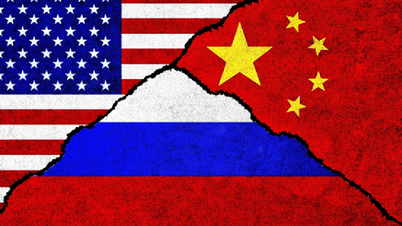
















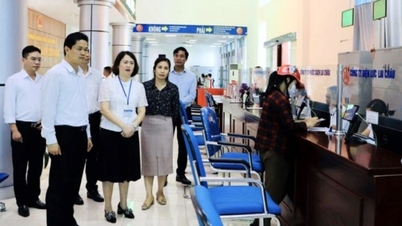





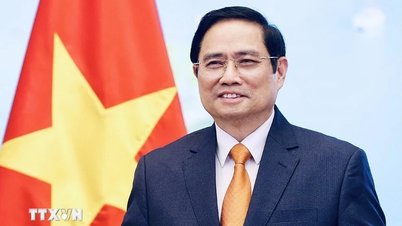
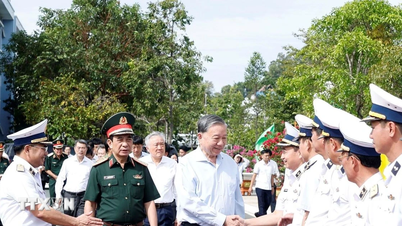


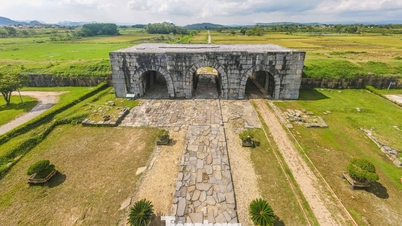

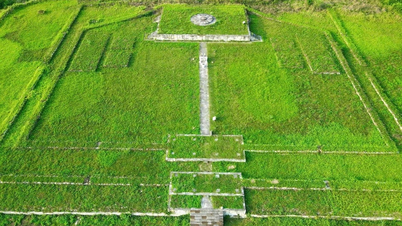



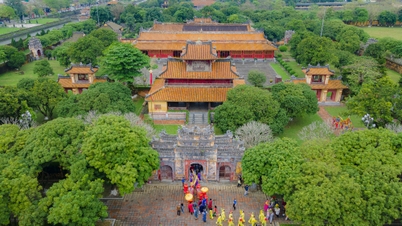

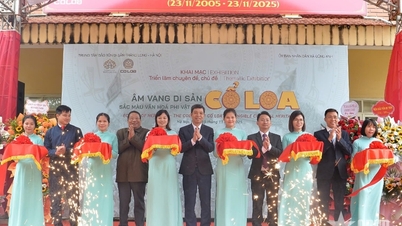

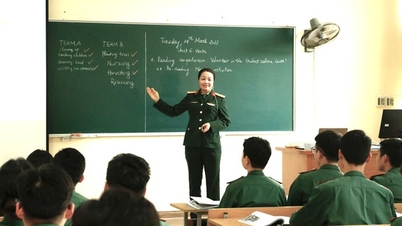


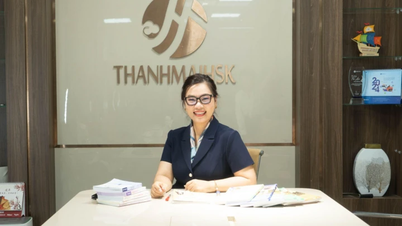

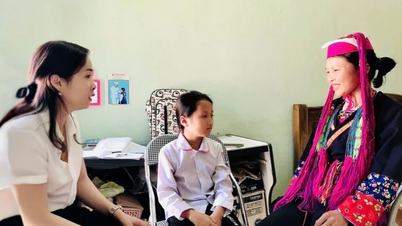





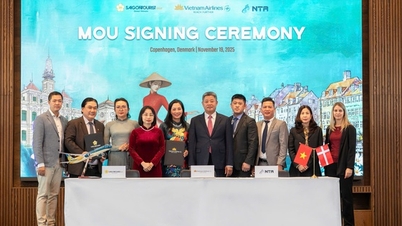





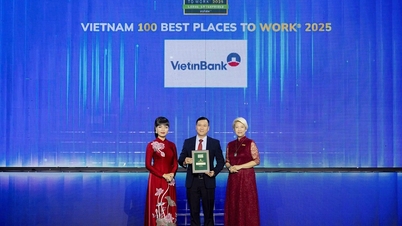













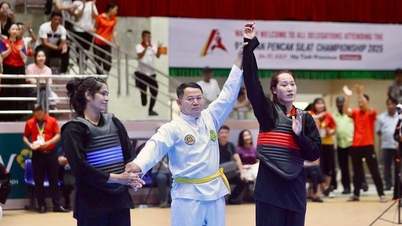

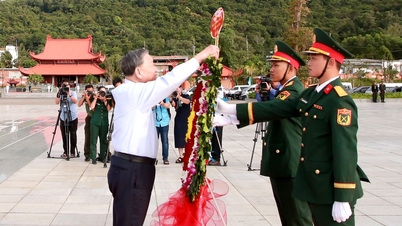




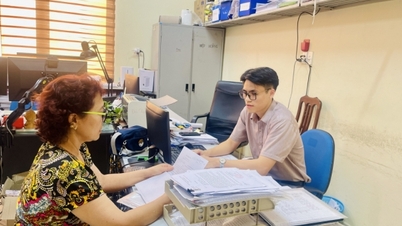



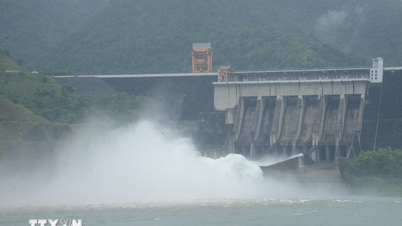

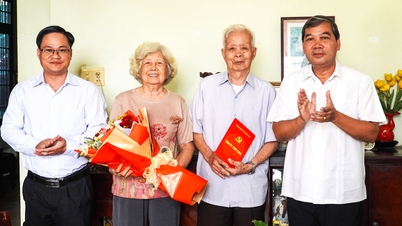

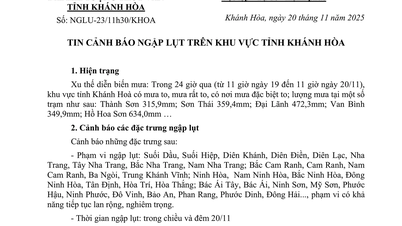


















Comment (0)